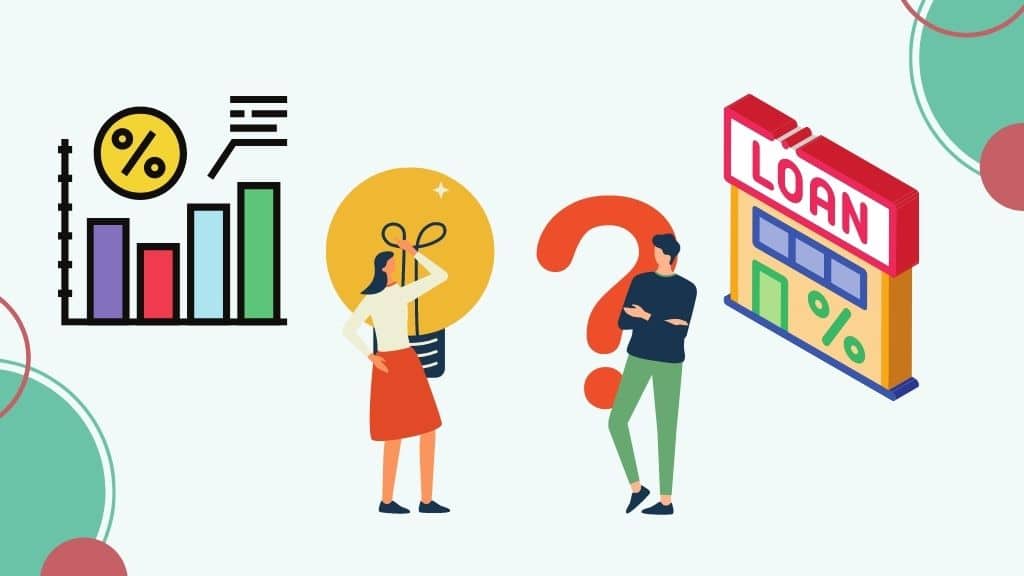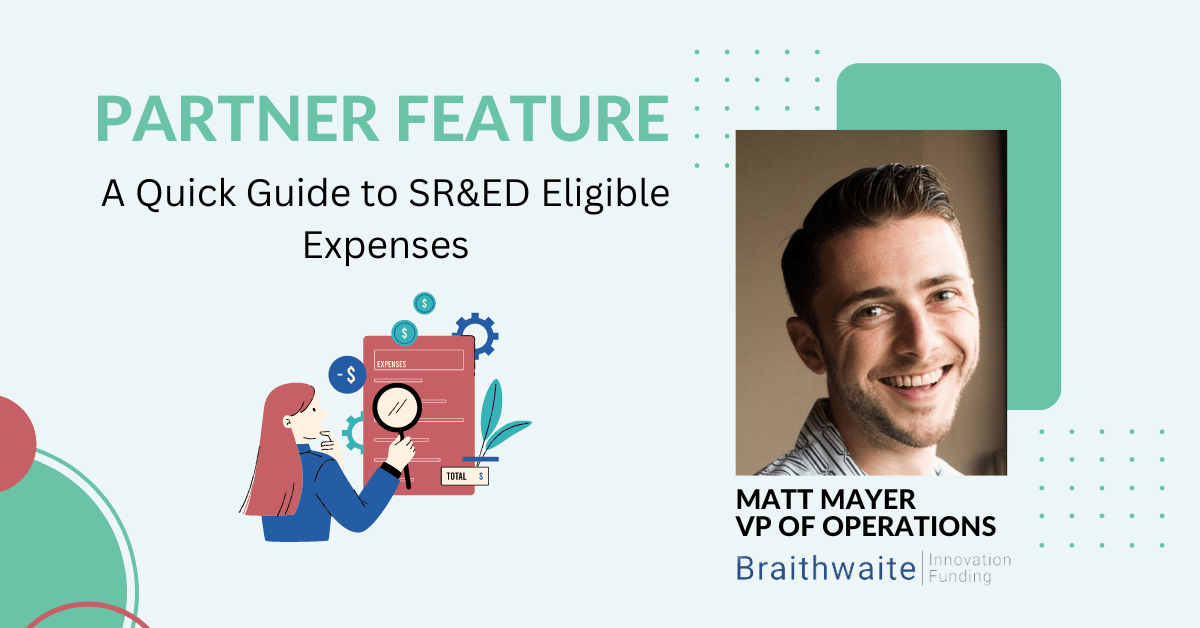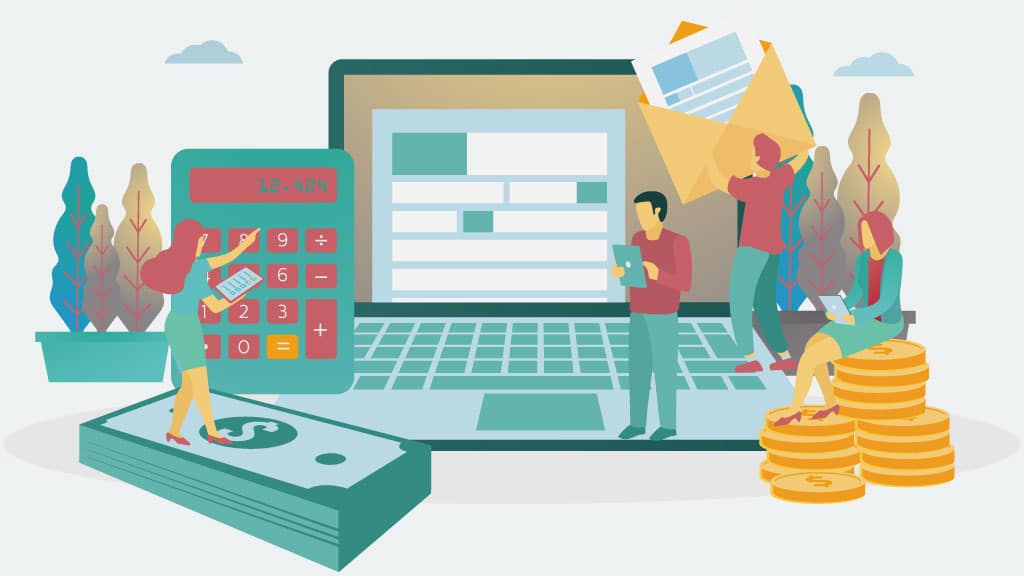Reading time: 6 minutes
Whether you’re a startup or a long-established business, what lenders really care about is whether or not you’ll be able to repay your credit facility. Debt comes in many forms, and it’s a good idea to keep all of your assets in mind if you’re considering a business loan.
Debt in Canada has always been big business. Canada’s pre-COVID debt numbers accelerated faster than most of its peers, and Canadian companies are taking out loans faster than ever before. Thanks to a decrease in revenue and a loss of liquidity due to the pandemic, roughly 4 million Canadian companies planned to take out business loans in 2021. This number is expected to rise as the economy begins to recover post-pandemic.
Physical items like buildings, cars, or machinery aren’t the only assets adding value to your firm. In addition, you can also bank on your sales, government tax credits, and the future value of the company.
Even if you don’t count yourself in the 50% of Canadian businesses that have seen revenues drop in recent years, you might be looking for a loan to expand, purchase equipment, or develop new technology. With so many options available to consider, it can be hard to know when you’re making the best choice.
Secured vs. Unsecured Loans
There are two types of loans in traditional financing. Secured loans, which involve a business putting up a real estate asset, piece of equipment, or other types of collateral, are popular with banks, who can seize the asset if you don’t make payments. That’s why some loans, like the ones for vehicles, give you such low-interest rates compared to other forms of lending. Secured loans are generally safer for the lender, which means they can offer you lower interest rates and higher dollar amounts. However, these loans can sometimes take longer to process since the bank or other lender will need time to verify the collateral you’re putting up is owned by you, in good condition, and worth enough to offset their risk.
Secured loans
In a secured loan, the bank will usually take the title to your asset, which means until you pay off the loan, they own the asset, not you. They do this by registering a lien on your property, a legal claim that gives them ‘first dibs’ on the collateral if you fail to pay. The title is then transferred back to you once you pay off the loan.
Some examples of secured loans include demand loans, lines of credit (secured by accounts receivable and inventory), and term loans (secured by real estate). Term loans allow you to pay back the amount you owe over time, such as throughout a mortgage. Demand loans are secured by vehicles or by other types of equipment, like machinery.
Unlike other types of financing, demand loans can be called in at any time by the lender. Since this gives them more security, you pay less interest (usually a floating rate based on the lender’s prime rate). This makes them perfect for short-term financing or small-value equipment loans.
Another popular option is a business equity loan. In this type of loan, companies sell shares to investors to raise capital. In exchange, the business gives them a percentage of ownership in the company. This ownership gives them some control over a company’s decisions and a stake in their profits, while the shares act as collateral for the loan. Most businesses use a combination of both forms of financing (debt and equity) in order to keep costs down and maintain more control of the company.
Unsecured loans
Unsecured loans, such as credit cards or unsecured lines of credit, are a lot riskier for lenders. They typically come with higher interest rates and are backed by the lender’s opinion of you or your business. That is to say, lenders are more likely to rely on a good credit score and payment history before advancing you the cash.
Lines of credit are a type of unsecured loan often used by businesses. In this type of financing, lenders provide you with funds up to a certain dollar amount to be accessed as you need them. You can repay these funds any time you’d like, and you’ll only pay interest on the amount you use (interest rates are usually variable).
This kind of business loan is more likely to require additional administrative paperwork, such as a business plan, revenue projections, or a clean payment history. Instead of basing the loan on the value of your collateral, the lender will base your interest rate and loan amount on how likely they think you are to repay. Generally, this results in smaller loans that cost your business more over time.
Lines of credit can also be secured. Some assets, such as accounts receivable or inventory, can be used as collateral for your loan. A secured line of credit can give you the opportunity for a higher loan amount or lower interest rate.
Things to Consider When Selecting Secured vs. Unsecured Loans
Choosing your best option will depend on your business needs, your current stage of development, your assets, your reputation, the type of organization you operate, and a number of other factors. Here are a few things to keep in mind:
What the Loan is For
Big or small, you should choose a loan based on why you need it and how quickly you think you’ll be able to pay. It’s also worth considering whether or not you will use the loan for regular operating activities (like buying materials or paying bills) or in research & development for the future.
If you’re planning on using the loan to purchase an asset such as a vehicle, piece of equipment, or real estate for your business, you’re probably better off getting a secured loan. The guarantee of the asset will help keep your interest rate low, and you might be able to get a more favourable repayment timeline or a larger dollar value loan.
The Stage of Your Business
If you’ve been up and running for a while, have a clean payment history or have good personal credit, you’re more likely to be approved for an unsecured loan. The benefit of this is that the loan will be unencumbered by a lien on your assets. You can still get a low interest rate based on your credit history, and unsecured loans can be substantial if the lender has good reason to trust your ability to pay.
However, this probably isn’t the way to go if your business is just starting out or your credit rating is low. You could pay higher interest rates and have a shorter repayment term, putting your business under financial pressure over time.
How Much Money You Need
Unless your organization has a great history of paying its bills, you’ll probably need an asset to get a large loan. Large dollar value loans are risky for the lender: there’s a lot on the line if you don’t pay. Unsecured loans can be underwritten with a shorter repayment period, higher interest rate or guarantor. However, there’s still a limit to how much risk they’re willing to take. Secured loans give you a better chance of getting a higher dollar amount upfront, which is helpful if you need a large amount of capital.
Many businesses finance their activities through a combination of secured and unsecured loans. When choosing between the two, you should have a clear idea of how much you need, how much lenders are willing to advance, the interest rates, payment schedules, and loan terms they’ll extend.
Your Industry
No two businesses are the same. Developing new technology for a fast-moving biotechnology company is different from upgrading the equipment at a food manufacturing plant. The industry you’re in will impact everything from how much risk your lender is willing to take to the kinds of assets you have to put up as collateral. Industries like manufacturing will have large customer purchase orders (accounts receivable) as assets. Your company also can finance tax credits associated with the industry or type of work it conducts. If your business has R&D expenses that are eligible for SR&ED, you will have access to SR&ED financing.
SR&ED financing helps businesses that know they will receive money from SR&ED tax credits in the future but need working capital now. These loans can come with more favourable payment terms than traditional lending. Since the lender has good reason to believe you’re going to pay, they can offer a lower interest rate, giving you access to low-cost working capital now without compromising your ability to pay in the future.
Which is Better for Your Business?
Secured and unsecured loans are fundamentally different. The one you choose for your business will depend on how you’re planning for it to be used. All of this will impact how risky your business appears to lenders and the kinds of interest rates and payment terms you can get for a secured or unsecured loan.
There’s no one-size-fits-all solution to lending. Many companies have a mix of both secured and unsecured loans. It’s essential to weigh your options and choose the best fit for your situation.




